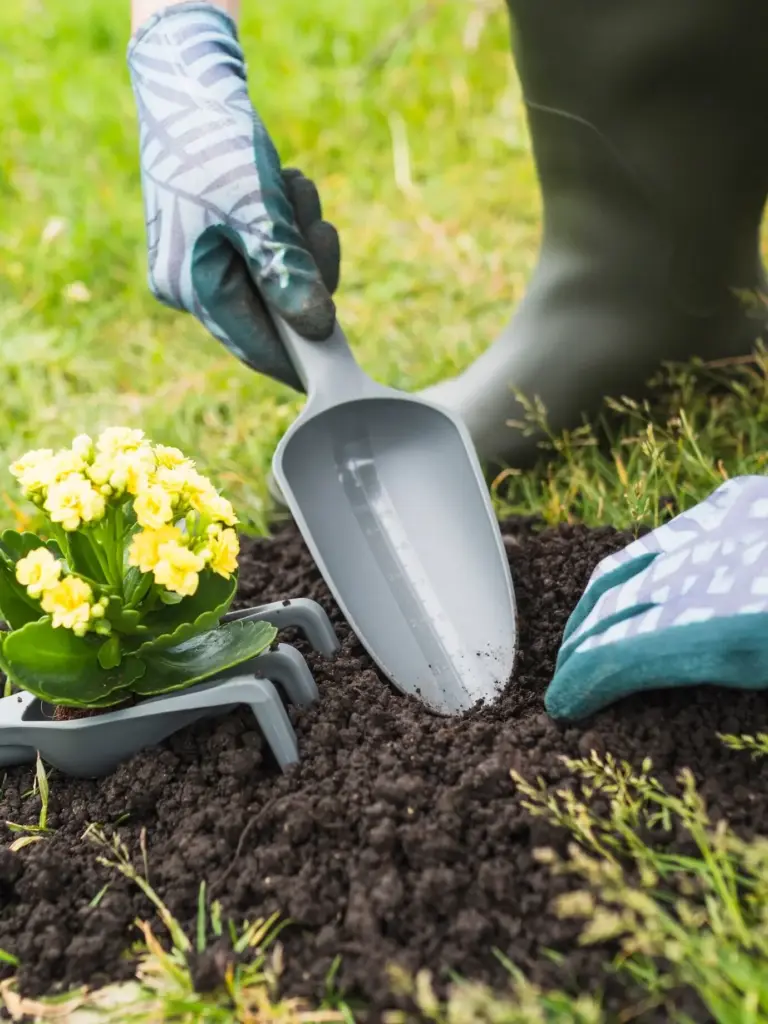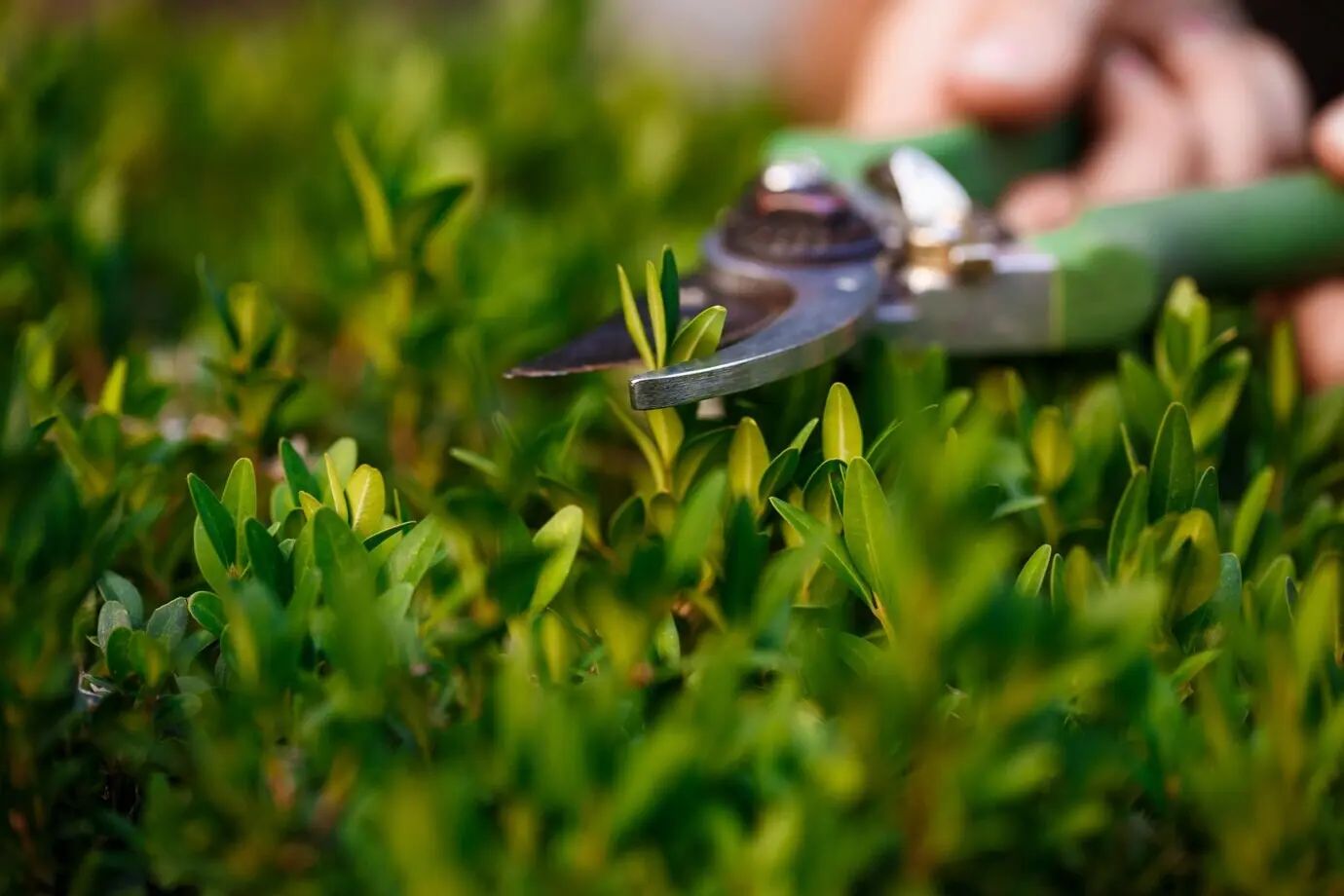Water-Wise Yards That Thrive All Year


Know Your Site Before Turning a Valve

Soil and Infiltration Basics

Microclimates and Plant Groups

Water Budget and Local Rules
Weather-Based Controllers
Soil Moisture Sensors

Dripline for Beds and Shrubs

High-Efficiency Rotors for Lawns

Pressure and Filtration Done Right

Shaping the Grade
A gentle two-percent slope away from structures is a simple, powerful starting point. Identify low spots, top-dress with compatible soil, and create broad, subtle swales that move water calmly. Avoid sending runoff to neighbors; respect property lines and codes. After a single weekend of regrading, one family saw puddles vanish around their patio. Add turf reinforcement or native groundcovers on slopes to resist erosion. Grade shows its value during the first big rain, quietly preventing headaches and costly repairs.
Subsurface Solutions
French drains, perforated pipe, and gravel-filled trenches wrapped in fabric collect water from saturated zones and move it to safe outlets. Design with adequate slope, cleanouts, and accessible inspection points to simplify maintenance. Protect trenches from sediment with proper fabric and backfill layers. A homeowner solved a stubborn bog beneath a deck using a shallow perforated line connected to a dry well, dramatically improving usability. Subsurface systems complement grading, working invisibly to safeguard structures, roots, and outdoor living spaces.
Downspouts and Roof Runoff Integration
Roof runoff can overwhelm yards if ignored. Extend downspouts beyond foundations, use splash blocks or piping to daylight water safely, and consider rain barrels for slow release into drip zones. Where soils permit, integrate rain gardens to capture first flushes, filtering pollutants while supporting habitat. One stormy season, a simple downspout extension prevented repeated patio flooding. Keep screens clean, confirm slopes, and test during rain with a quick walk. Thoughtful connections transform heavy storms from threats into managed, nourishing resources.
Hydrozones and Plant Choices That Simplify Care
Run, Observe, Adjust: Ongoing Care
Spring Commissioning and Audits
Start the season by opening valves carefully, flushing lines, and checking each zone visually. Replace broken risers, align heads, and run a catch-cup test to balance runtimes. Clean filters and confirm pressure with a simple gauge. Document every change; your future self will thank you. A quick audit turned one family’s patchy turf into a uniform lawn in two weeks. Small, methodical steps pay off fast, especially after winter’s quiet surprises. Share your findings, and we’ll suggest targeted adjustments.
Midseason Checks and Fine-Tuning
Heat, kids, pets, and mowers all conspire to nudge heads out of alignment. Midseason, walk the yard at dusk, when water is visible yet wind is calm. Look for misting, overspray onto hardscapes, and thirsty plant signals. Clean nozzles, recalibrate sensors, and update schedules based on current conditions. One neighbor reduced overspray onto a sidewalk by repositioning two heads an inch, ending slippery mornings. Gentle tuning maintains confidence and comfort, keeping your system efficient without becoming a weekend burden.

Prioritize High-Impact Areas
